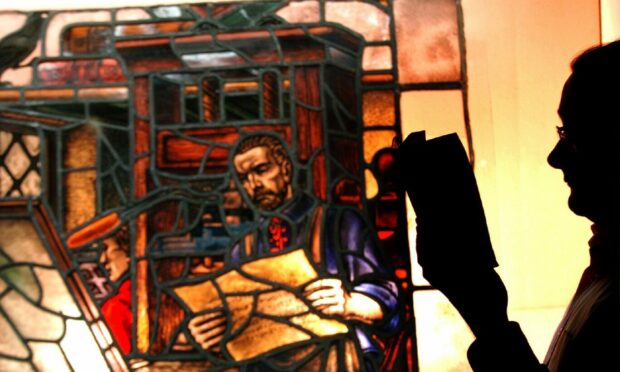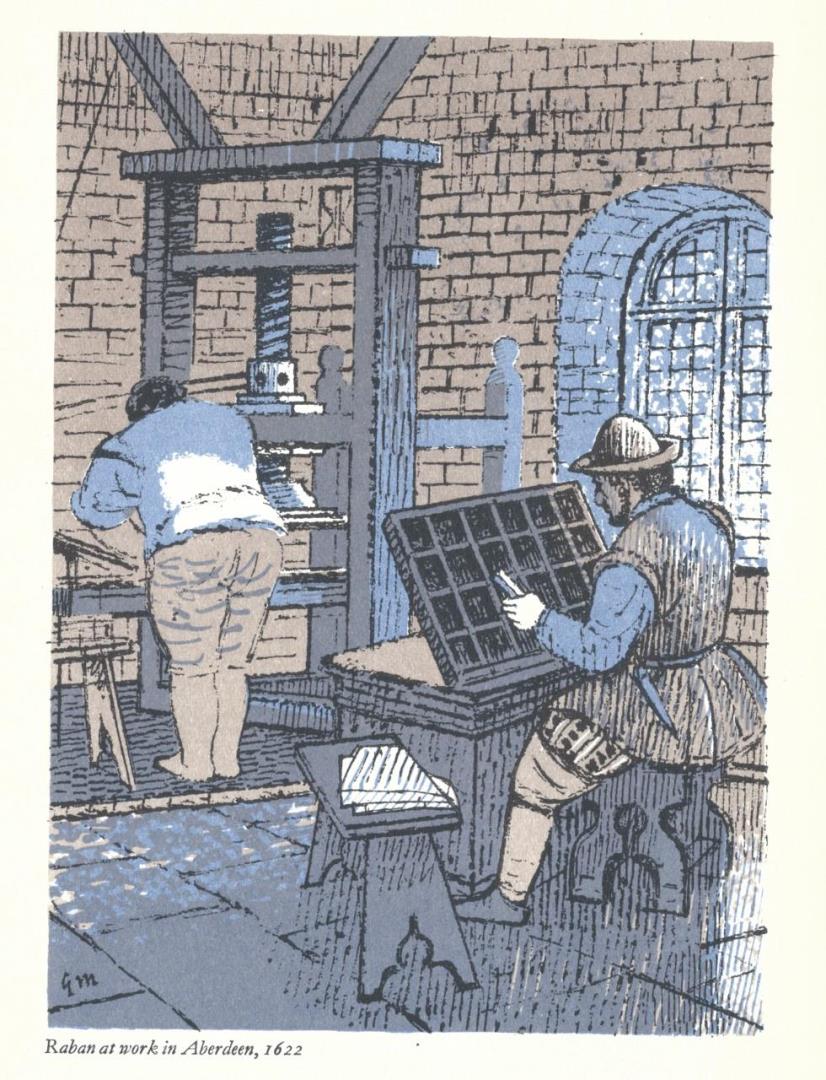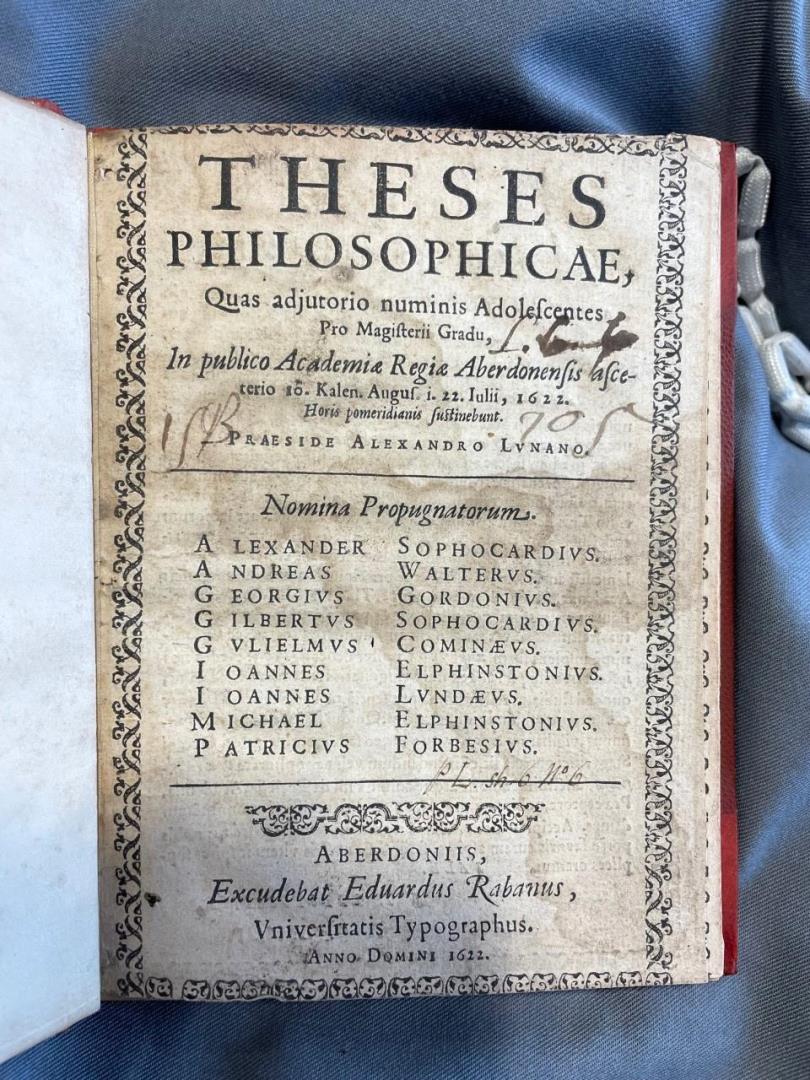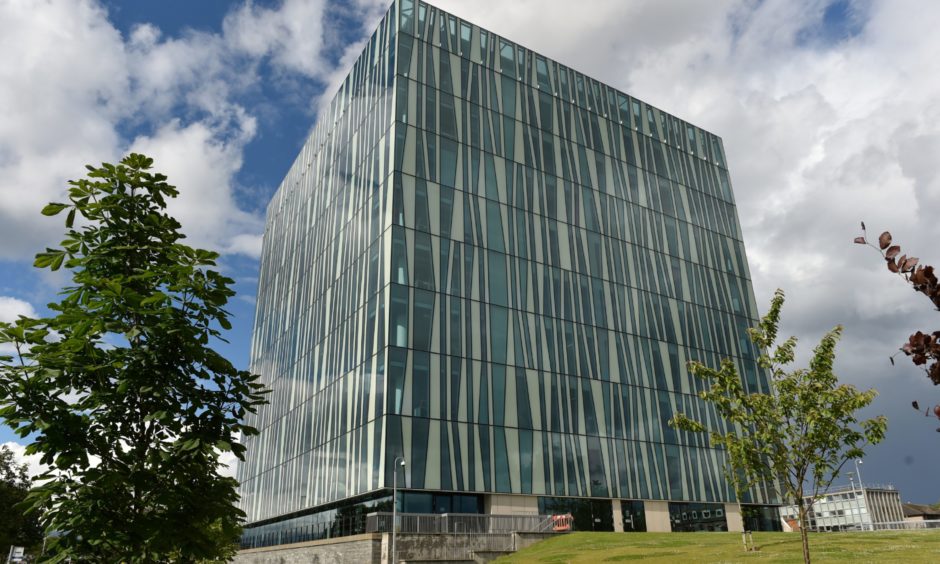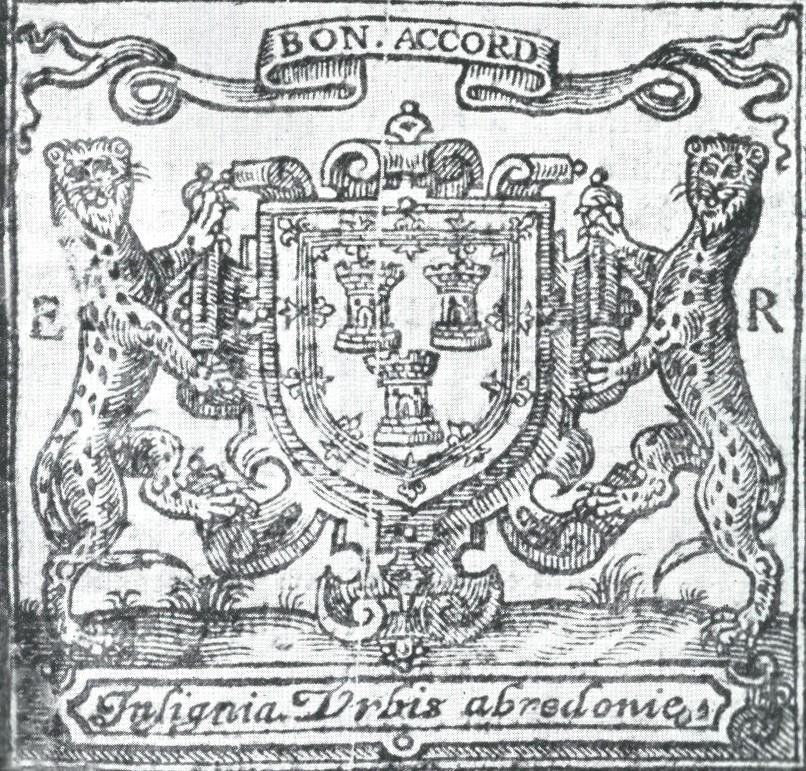The printed word revolutionised our world; it changed ideas, transformed politics, art, culture and science and brought a vast array of newspapers and books into common circulation.
There can’t be anybody in Britain who hasn’t, at some point in their lives, read a journal, thumbed through a best-seller or literary classic or picked up a pamphlet, a magazine or a commercial leaflet – or, heaven forbid, had a party political leaflet shoved into their hand on a shopping trip.
And that explains why a group of Aberdeen organisations have planned a series of events to mark the 400th anniversary of the pioneering Edward Raban coming to the Granite City with his printing press.
It was a trailblazing move – because, although the city had long been interested in tracts, treatises and official documents, all their books were imported from elsewhere and it was only with Raban’s arrival that an indigenous printing industry was established in the north-east.
This fellow Raban, a far-travelled Englishman who lived from around 1579 to 1658, originally learned the art of printing in the Low Countries, particularly in Amsterdam and Leiden before relocating to Scotland.
During his time in Holland, he was associated with the celebrated Pilgrim Press, which was the brainchild of some of those who later became the Pilgrim Fathers and sailed to America on board the Mayflower.
The long road led to Aberdeen
Raban, a talented and ambitious man, soon established himself as a printer of distinction in Edinburgh and then St Andrews, before being enticed to Aberdeen at Whitsun in 1622 by the Bishop of Aberdeen, Patrick Forbes, and Sir Paul Menzies, who later became the city’s Provost.
He was encouraged in his activities by both the town council and the university and was appointed as the official printer to both institutions.
Raban, who described himself as the ‘Laird of Letters’, occupied a house on the north side of Castle Street and operated there under ‘the Townes Arms’. His first book, which was printed in Aberdeen in the summer of 1622, was a collection of university dissertations, Theses Philsophicæ.
He worked very closely with David Melvill, a bookseller and burgess of Aberdeen. Raban’s publications were usually associated with the political and religious turmoil of his age, but he was also known for his ‘Prognostications’ or almanacs which later developed into the annuals we know today.
A true pioneering figure, he continued as the official printer to the city and the university until his retirement in 1649.
He died in 1658 and was buried in St Nicholas Kirkyard. A memorial plaque was installed there in 1922 to mark the three hundredth anniversary.
And now, a century later, his name and fame are going digital.
Raban 400 will include two physical exhibitions, including a seminar at the Sir Duncan Rice Library at Aberdeen University in July.
This free event will be hosted by Aberdeen University Special Collections and it will be possible to see Raban’s work close-up, accompanied by a talk about the man himself and the development of the book trade in Scotland.
The second event is being staged at Aberdeen Central Library, drawing on their collections, in November 2022 following Book Week Scotland.
In conjunction with these events, four workshops are also being held by Peacock Visual Arts, covering introductions to printmaking, between July and October. These will be open to anyone.
The initiative has just been awarded £7,980 from the National Lottery Heritage Fund to support the commemorative activities later this year.
And Professor Peter Reid of Robert Gordon University, who is leading Raban 400, told me: “Commemorating Edward Raban’s arrival in Aberdeen reminds us just how significant and powerful the printed word is.
“He established an indigenous printing industry in the city, one which has endured for four centuries. It also tells us about the foresight of the civic and academic leaders in Aberdeen at the time.
“They recognised the importance of having printing technology and skilled artisan printers at the heart of the commercial and cultural life of the city”.
To find out more, visit the project website at raban400.com
